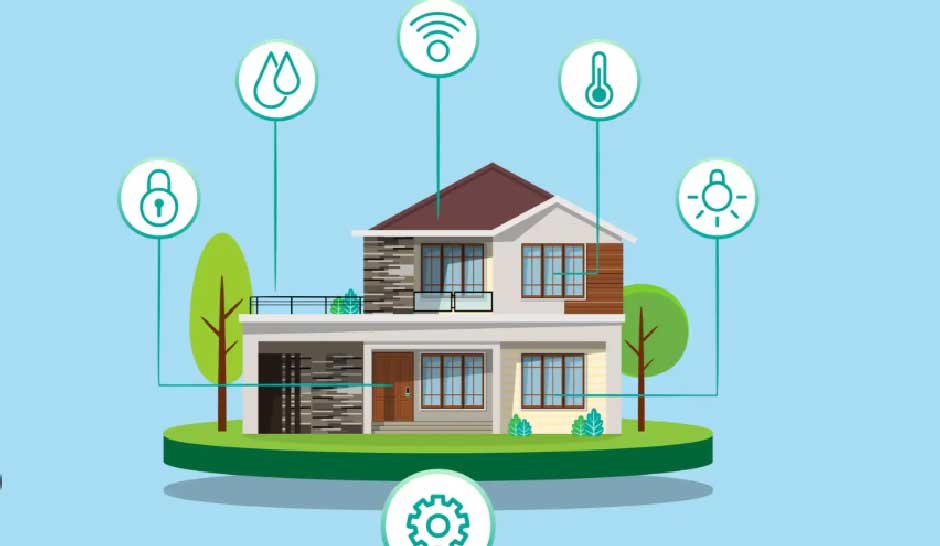Skip to the good bit
ToggleThe growing emphasis on sustainability and energy efficiency has pushed businesses and property owners to adopt advanced energy management solutions. Smart building platforms are at the forefront of this transformation, leveraging cutting-edge technologies to optimize energy use, lower operational costs, and reduce carbon footprints. These platforms integrate real-time data monitoring, predictive analytics, and automation to ensure optimal performance while aligning with global energy efficiency standards.
The Role of Smart Building Platforms in Energy Optimization
Smart building platforms are designed to enhance energy efficiency by continuously monitoring and analyzing energy consumption patterns. These systems gather data from IoT-enabled sensors, HVAC systems, lighting controls, and other energy-consuming devices to identify inefficiencies and suggest corrective actions. By aligning with sustainability certifications such as the Energy Performance Certificates, smart building platforms help property managers meet environmental standards while reducing long-term energy expenditures.
Key Energy Optimization Techniques in Smart Buildings
1. Real-Time Energy Monitoring and Data Analytics
One of the most crucial aspects of energy management is the ability to monitor energy consumption in real time. Smart building platforms employ IoT-enabled sensors and advanced data analytics tools to track energy use at granular levels. By collecting and analyzing data continuously, these systems can detect anomalies, compare usage patterns, and generate insights that lead to improved efficiency.
Energy dashboards allow facility managers to view detailed reports on consumption trends, identify peak demand periods, and implement energy-saving measures accordingly. The integration of machine learning further enhances these platforms by predicting future energy needs based on historical data.
2. Automated HVAC and Lighting Control
Heating, ventilation, and air conditioning (HVAC) systems, along with lighting, account for a significant portion of a building’s energy consumption. Smart building platforms optimize these systems by using occupancy sensors, temperature monitors, and AI-driven controls to adjust settings automatically.
For instance, advanced sensors can detect when a room is unoccupied and adjust the temperature or lighting levels accordingly. Similarly, smart thermostats can learn occupant behavior and optimize HVAC settings to ensure comfort while minimizing waste. By automating these processes, buildings can achieve substantial reductions in energy consumption and operational costs.
3. Demand Response and Load Management
Energy demand fluctuates throughout the day, leading to peak periods where electricity prices are higher. Smart building platforms incorporate demand response programs that adjust energy consumption based on real-time grid conditions. By shifting non-essential energy loads to off-peak hours, buildings can take advantage of lower energy prices and reduce strain on the power grid.
Load management techniques also include integrating energy storage systems that store excess electricity generated from renewable sources. During peak hours, buildings can draw from these storage units instead of relying solely on grid power, further enhancing energy efficiency.
4. Integration with Renewable Energy Sources
The transition to renewable energy is a key aspect of sustainable building operations. Smart building platforms facilitate the seamless integration of solar panels, wind turbines, and other renewable energy systems. These platforms use advanced forecasting tools to predict energy generation based on weather patterns and historical data, allowing buildings to optimize their renewable energy use.
By intelligently managing the distribution of renewable energy within a building, these platforms ensure maximum utilization of clean energy sources while reducing dependence on fossil fuels. Additionally, surplus energy can be stored or sold back to the grid, generating additional cost savings.
5. Predictive Maintenance for Energy-Efficient Operations
Equipment failures and inefficiencies often lead to excessive energy consumption. Smart building platforms incorporate predictive maintenance strategies to identify potential issues before they escalate into costly failures. By analyzing data from HVAC systems, electrical circuits, and mechanical equipment, these platforms can detect early warning signs of inefficiencies.
Predictive maintenance reduces unnecessary energy waste by ensuring that equipment operates at peak efficiency. It also extends the lifespan of assets, reduces downtime, and lowers maintenance costs, making it a valuable component of energy management strategies.
6. Tenant Engagement and Behavioral Analytics
Optimizing energy use is not only about automation but also about engaging building occupants. Smart building platforms provide tenants with real-time insights into their energy consumption, encouraging them to adopt energy-efficient behaviors.
Through mobile apps and interactive dashboards, occupants can monitor their electricity usage, receive alerts on excessive consumption, and access personalized energy-saving recommendations. Gamification techniques, such as energy-saving challenges and rewards, further incentivize tenants to reduce their environmental impact.
7. Grid Interactivity and Smart Metering
Modern smart buildings are increasingly integrating with smart grids to enhance energy efficiency. Smart metering technology enables buildings to communicate with the power grid, allowing for real-time energy pricing and load balancing.
With smart meters, building operators can adjust consumption patterns based on dynamic pricing, reducing costs by shifting energy use to lower-rate periods. This bi-directional communication with the grid also enables buildings to contribute excess energy back to the grid, promoting a more sustainable energy ecosystem.
The Future of Energy Management in Smart Buildings
As technological advancements continue, the future of smart building energy management looks increasingly promising. The integration of artificial intelligence, edge computing, and blockchain technology is expected to enhance security, efficiency, and automation in energy optimization. Additionally, regulatory frameworks and sustainability initiatives will further drive the adoption of energy-efficient solutions.
Conclusion
Smart building platforms are redefining how energy is managed in modern buildings. By leveraging real-time monitoring, AI-driven automation, demand response strategies, and renewable energy integration, these platforms provide a comprehensive approach to energy optimization. As businesses strive to meet sustainability goals and reduce operational costs, adopting smart energy management solutions will be crucial. CIM continues to support advancements in this field, ensuring a more energy-efficient and sustainable future for smart buildings.







